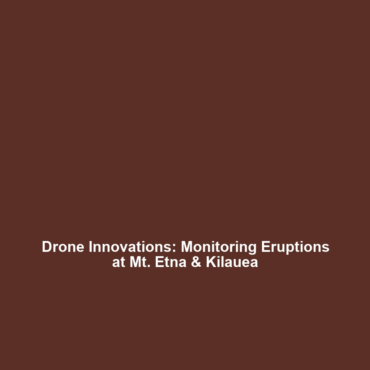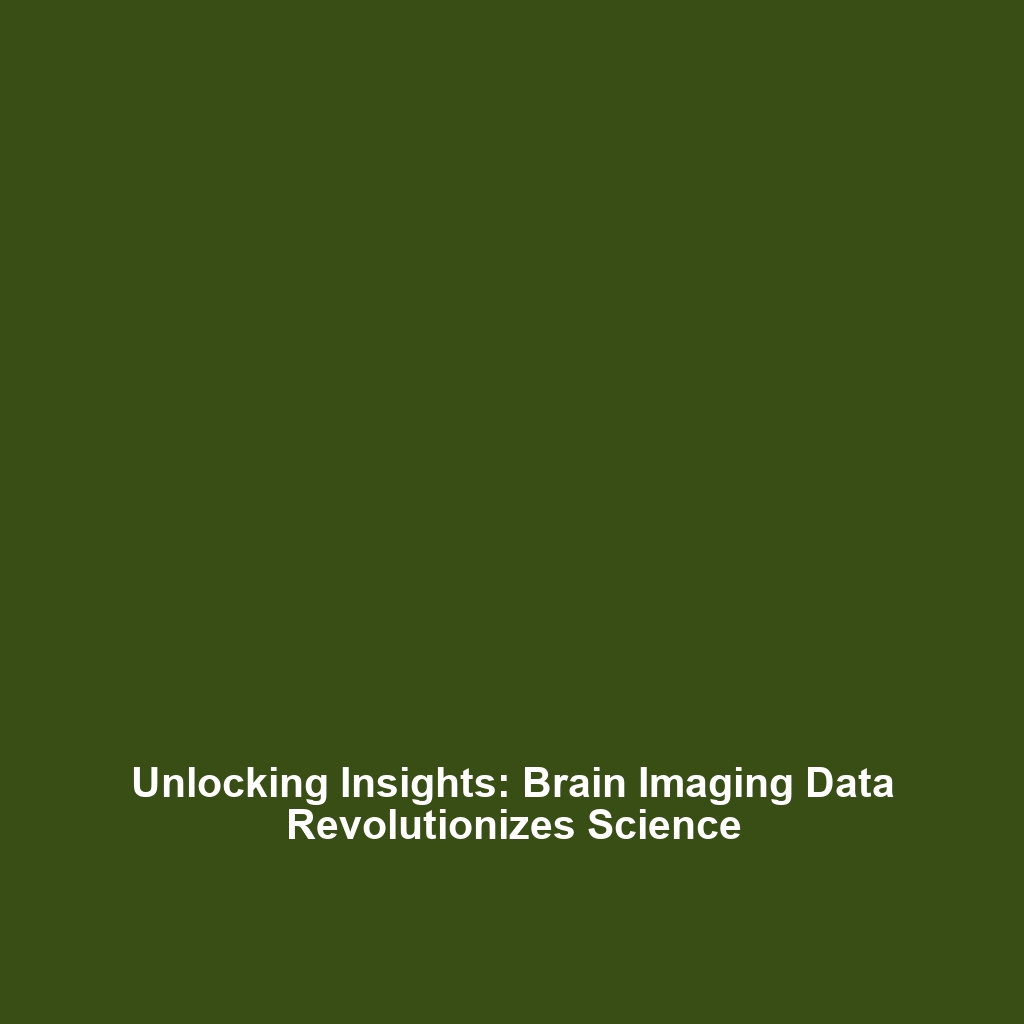Drones in Science: Case Studies of Eruption Monitoring at Mount Etna and Kilauea
Introduction
The innovative deployment of drones in science has revolutionized the monitoring of volcanic eruptions, particularly exemplified by case studies at Mount Etna, Italy and Kilauea, Hawaii. These advanced aerial technologies enable researchers to collect vital data in hazardous environments while ensuring safety and efficiency. Understanding how drones are applied in monitoring eruptions not only enriches our scientific toolkit but also enhances our ability to respond to natural disasters. This article delves into the significant contributions of drone technology within the field of volcanology, supported by relevant case studies.
Key Concepts
In examining the case studies of drone use in monitoring eruptions at Mount Etna and Kilauea, several critical concepts and principles emerge:
1. Remote Sensing Technology
Drones equipped with high-resolution cameras and thermal imaging sensors provide invaluable data that enhances our understanding of volcanic activity. This technology allows for real-time monitoring, capturing changes in temperature and gas emissions.
2. Data Collection and Analysis
The integration of drones into volcanology practices allows for extensive data collection without putting scientists at risk, paving the way for more comprehensive analysis of eruption patterns and behaviors.
3. Risk Reduction
By employing drones in areas affected by volcanic activity, researchers can safely assess lava flow, gas plumes, and ash dispersal, significantly reducing the risks to human life.
Applications and Real-World Uses
The application of case studies of drone use in monitoring eruptions has profound real-world implications within drones in science. Some noteworthy examples include:
- Mount Etna: Drones have provided detailed thermal maps before and after eruptions, aiding in the understanding of eruption dynamics.
- Kilauea: Continuous aerial surveys have helped scientists track volcanic gas emissions and assess changes in the volcanic landscape.
- Predictive Analysis: Drones assist in predicting potential eruptions, allowing authorities to warn local populations effectively.
Current Challenges
Despite their advantages, several challenges are associated with the case studies of drone use in monitoring eruptions, including:
- Geographical limitations in rugged terrains that hinder drone accessibility.
- Regulatory restrictions regarding drone flights in certain airspaces.
- Technological constraints such as battery life affecting prolonged monitoring efforts.
- Data management challenges stemming from large volumes of collected data requiring effective analysis tools.
Future Research and Innovations
The future of drones in science related to monitoring eruptions at locations like Mount Etna and Kilauea holds promising prospects:
- Next-Gen UAVs: Developing more resilient drones equipped with advanced AI for autonomous operation in volcanic regions.
- Innovative Sensors: Creation of novel sensors capable of detecting a broader range of volcanic gases and geological changes.
- Collaboration with Ground-Based Sensors: Integrating drone data with ground-based sensor networks to enhance monitoring accuracy.
Conclusion
In summary, the case studies of drone use in monitoring eruptions at Mount Etna, Italy, and Kilauea, Hawaii provide significant insights into how technology enhances volcano monitoring within drones in science. As drone technology continues to evolve, its applications will expand, leading to improved safety measures, predictive capabilities, and a greater understanding of volcanic behavior. For further exploration of this topic, consider reading more about volcanology research and drone technology advancements.

